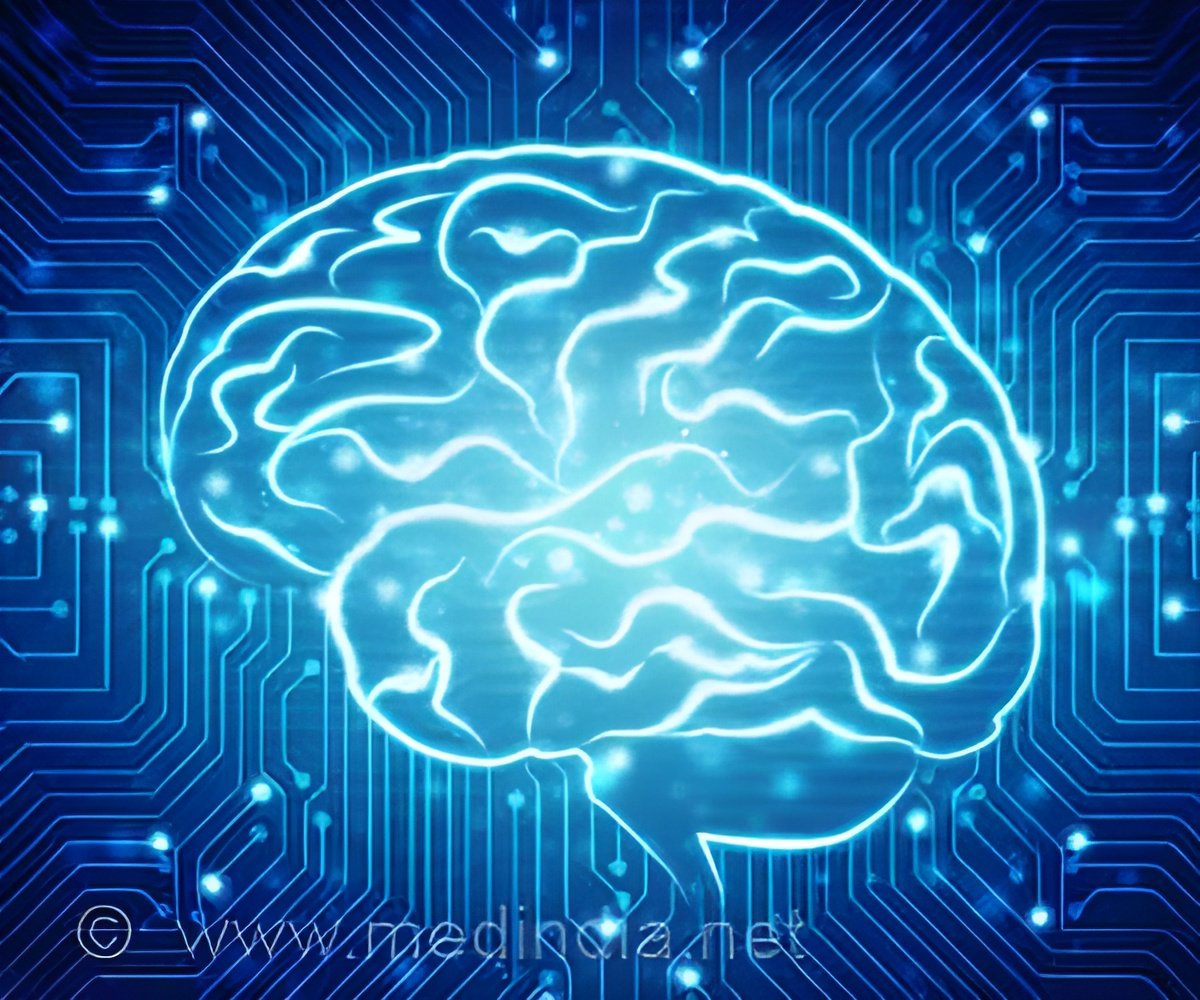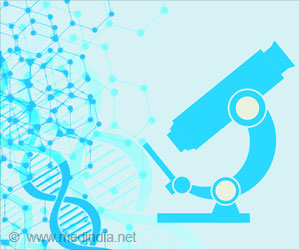
‘Anticipatory behavior may in certain cases be more informative about learning.’
Tweet it Now
Researchers at the University of Trento's Center for Mind/Brain Sciences (CIMeC) addressed these questions in a study published today in the Journal of Vision. Giuseppe Notaro (first author), Uri Hasson (senior author), and their colleagues departed from the observation that many factors intervene between what people actually know, and how they respond based on that knowledge. These factors are known to include the level of attention allocated to external stimuli, the interpretation of sensory information, as well as complex decision processes. All these factors impact how people respond to stimuli they see. However, these factors do not impact anticipatory movements, and the authors examined whether it is possible to determine what people know, and how they learn, by studying only anticipatory behaviors. These results open future developments for studying learning in populations that demonstrate non-reliable responses to external stimulus, such as young children or individuals suffering from physical or mental disorders, for whom it may be more difficult to assess the degree of attention and understanding. How is possible to know if one is learning and assimilating useful information? The novel answer suggested by the study is that it is useful to observe preparatory, unconscious eye movements, because these offer a window into the process of learning. In the experiment performed, the researchers collected data using an eye-tracker, a device that allows to measure our gaze direction. «We presented volunteers with series of images that were presented on the left or right side of the screen, according to a specific, learnable pattern», Notaro explains: «We observed how fast people were to look at those images, depending on whether the images were presented at an unexpected or expected location. Surprisingly, the position of the eyes before the next image was presented was biased towards the expected position of the next image. This was a very small eye movement that turned out to be highly informative. It let us infer that the brain can prepare in advance, once an information is learnt. This allows to isolate a mental state that holds before obtaining the 'usual' responses that are triggered by external stimuli (such as verbal answers or button presses)».
Application scenarios
These findings open potential application scenarios, including in the areas of education and health, and particularly in relation to populations with attention or communication deficits.
These are tiny signals that very likely reflect unconscious processes. At the same time, they are highly reliable, and allow us to forecast how participants may respond to stimuli. The inter-relations of learning and prediction is a topic that arouses much interest transversely, not only in the scientific community, and it touches on areas that may be very close to our daily life. For example, there are already large investments made today in areas such as online advertisement and entertainment that aim to study people's eye movements and how those forecast behavior and memory. Identifying an anticipatory signature in eye movements can advance those areas as well
Advertisement









